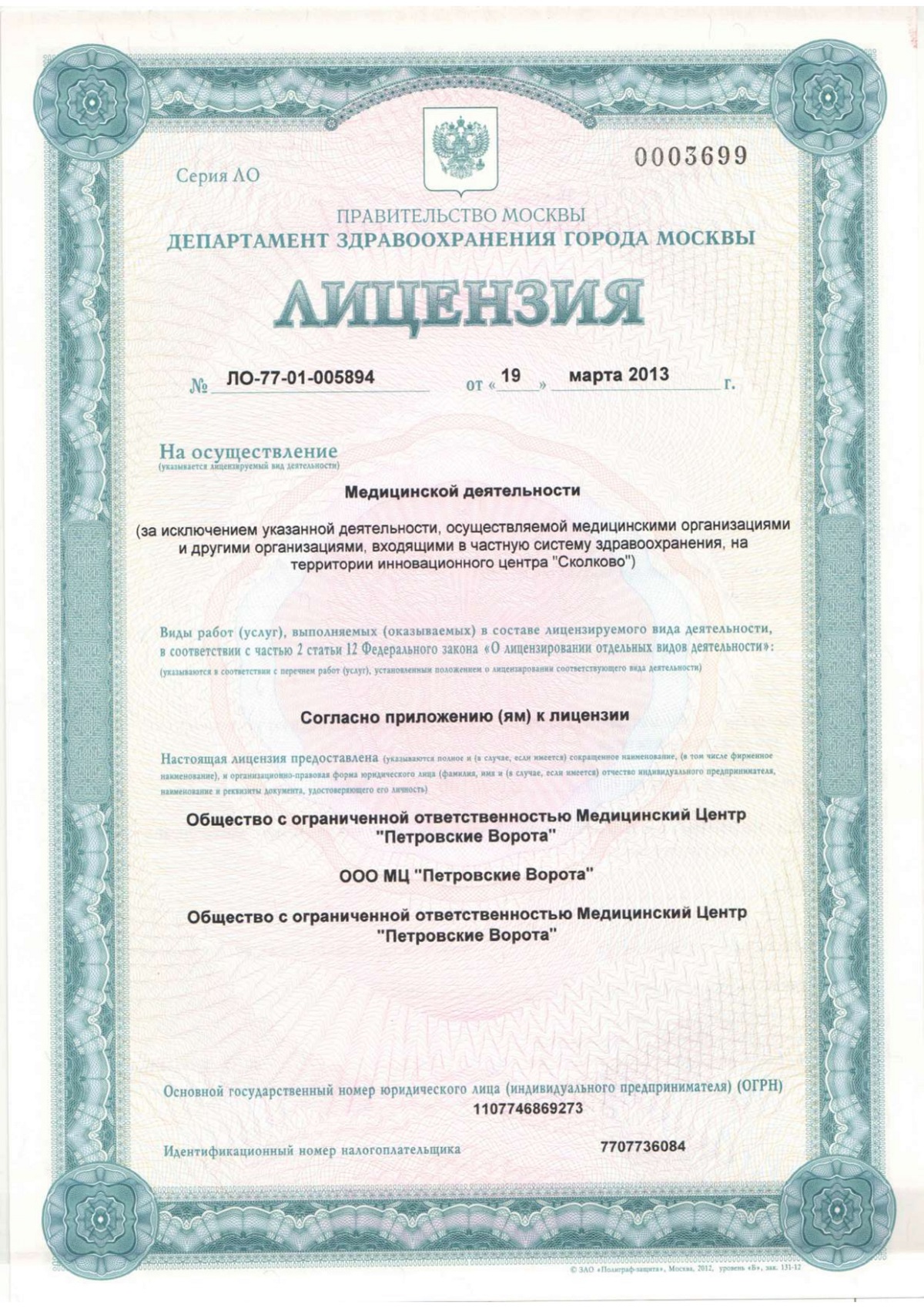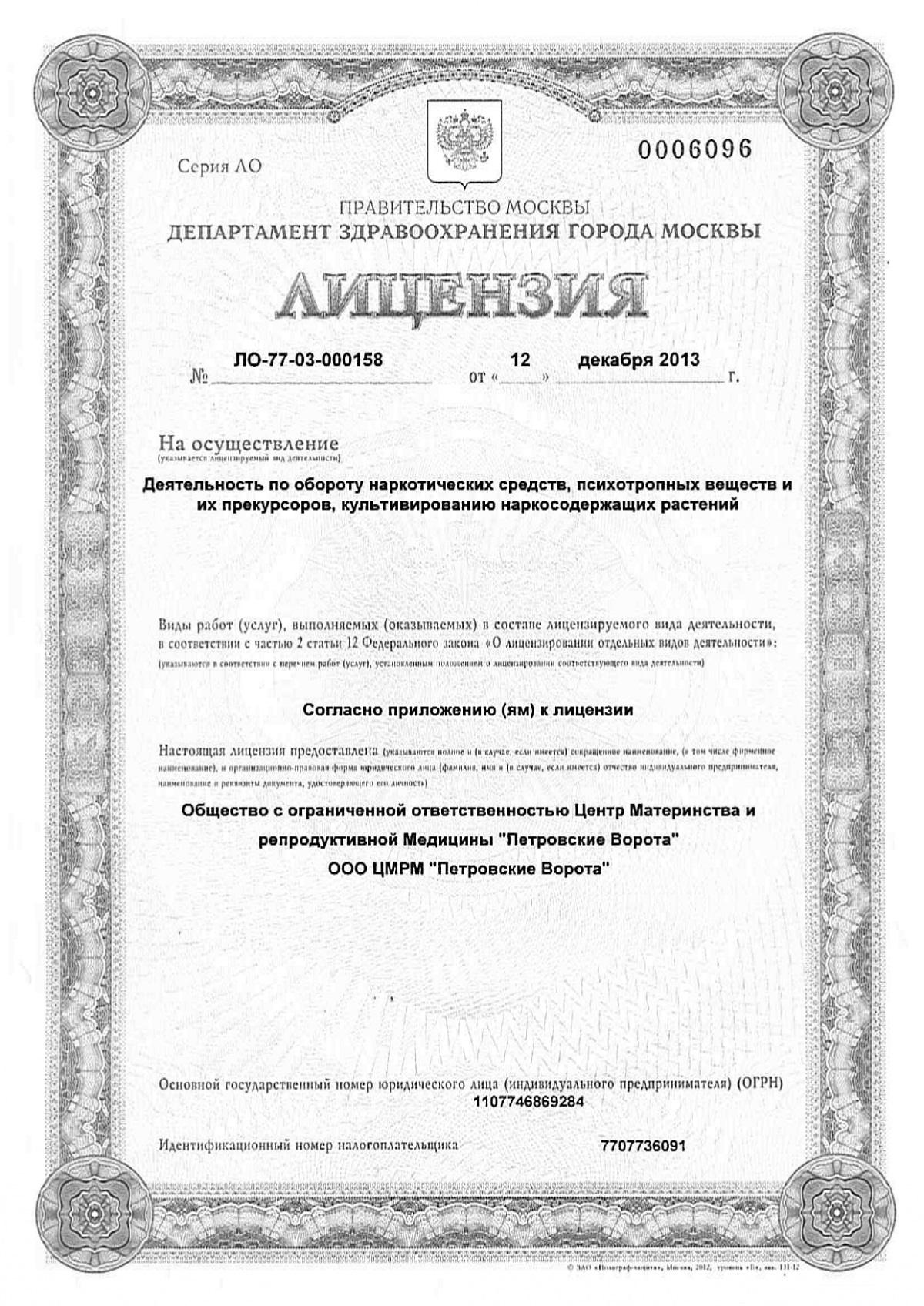Among the contraindications to the procedure should be highlighted:
- pregnancy, lactation;
- diabetic disease (including organ pathologies associated with diabetes);
- clinically serious condition of the patient;
- mental disorders, inadequate assessment of the ongoing process;
- acute infection;
- exacerbation of chronic diseases of organs and systems.
The need for the procedure is assessed by an oncologist. Collegial management of the patient by specialists from different medical fields is often required.
PET/CT diagnostics is based on clinical and laboratory analysis of cellular substances, which are influenced by many exogenous factors. To increase the information content of the analysis, it is recommended to follow a number of rules:
For examination, the doctor must bring the available extracts, the results of previous studies. Please wear comfortable clothing and bring a change of shoes.
Patients with diabetic pathology are advised to consult an endocrinologist. The procedure can cause complications of the disease. During pregnancy, allergies should be excluded and make sure that the body is immobile for up to 40-60 minutes.
The PET examination lasts about an hour, but it is important to understand that you should spend 3-5 hours at the medical center. The procedure includes:
- preparation;
- documentation;
- session progress;
- rest.
Before the examination, you should relax, remove all metal objects. Mobile phone and other gadgets must be left in the changing room.
During the rest period, it is necessary to remain still. Calmness contributes to the correct distribution of the radiopharmaceutical to the pathological focus. If the motionless position of the body causes discomfort and pain, you should inform your doctor.
Diagnostic manipulation is performed in a certain sequence:
At the end of the session, the patient should recover. You can leave the medical center only after the doctor is convinced that the patient is in a normal condition
Complications of the diagnostic procedure are due to the introduction of a contrast agent. Main manifestations:
- allergic reactions;
- vascular damage;
- hematomas, bruises;
- neuritis
Renal damage and dysfunction is extremely rare. When administered orally, nausea, diarrhea, and vomiting occur. During the procedure, weakness occurs, so experts recommend eating 3 to 4 hours after diagnosis.
The main thing in conducting a "second opinion" is the high competence of specialists. In the PET-Technology federal network, assistance is provided by experienced specialists who diagnose and treat patients with oncological diseases, including within the framework of compulsory medical insurance. The network receives more than 120,000 patients a year throughout Russia.
PET-Technology employees constantly improve their skills by attending seminars and forums, and examination protocols comply with international standards.
PET-Technology diagnostic centers are equipped with the latest equipment, which allows you to conduct research at the highest level. And the “second opinion” protocols contain not only a detailed description, but also illustrations of the main areas of the examination.
Follow the link, determine the specialist who will evaluate the images and follow the instructions.
For a correct assessment, you will need a file in the form of a link to the cloud storage.
Get a second opinion of the oncological consultation or oncologist at K+31.

To get a consultation
Answers to popular questions
What to do after having a PET-CT scan? How to get the most detailed information on the results of diagnostics?
After PET-CT it is recommended to consolidate the results obtained. After all, a doctor can make a correct diagnosis and prescribe treatment only with a complete and accurate analysis of the images. To consolidate the PET-CT results, you need to contact a radiologist or oncologist who will interpret the images and make the necessary decisions on further treatment.
Why is a PET-CT second opinion important?
Eliminate doubts about the results.
Not every oncologist can read the PET-CT scan transcript in detail. To get a detailed transcript for both you and the doctor, the conclusion of an expert doctor will help. This will help to study the images in more detail and minimize the risk of errors.
Find out the opinion of an expert doctor on your particular issue.
We involve experts not just specialists in PET-CT, but specialists specifically in pathology and / or in the field of research.
More precisely determine the diagnosis and treatment.
Sometimes there are several treatment options. And when you need to choose the most effective one, a second opinion of a specialist can come to your aid. Thanks to this, together with the doctor, it is possible to accurately determine the best way to recover.

















PET-CT is a technique for diagnosing oncological diseases and rare inflammatory processes.
More about the study itself.
The study is recommended as a monitoring of the disease, as well as planning a protocol for radio- and chemotherapy, radiotherapy. If necessary, a biopsy is performed to find the underlying tumor.
PET-CT can detect a benign or malignant tumor. However, it is most often prescribed to clarify its size, determine the area of \u200b\u200bgrowth and response to treatment. The procedure combines the principles of positron emission and computed tomography.